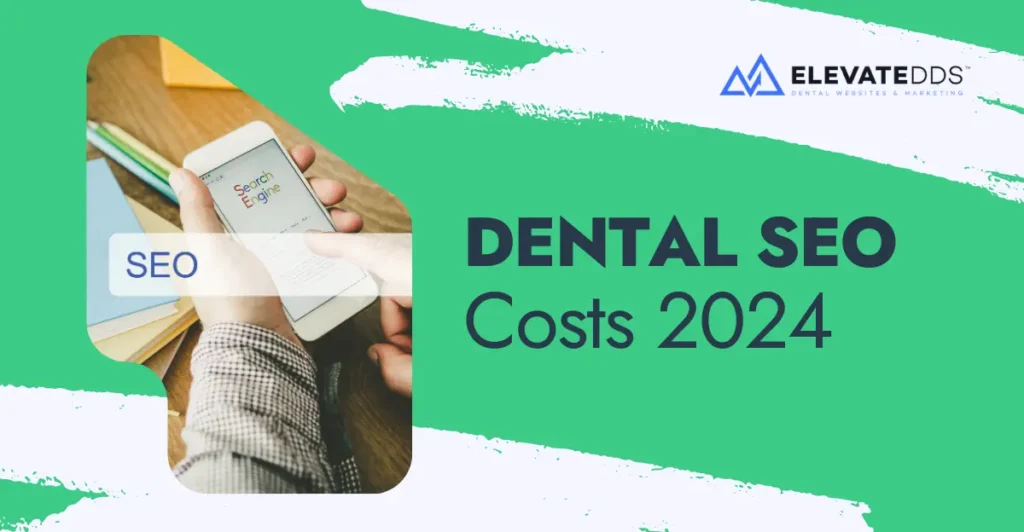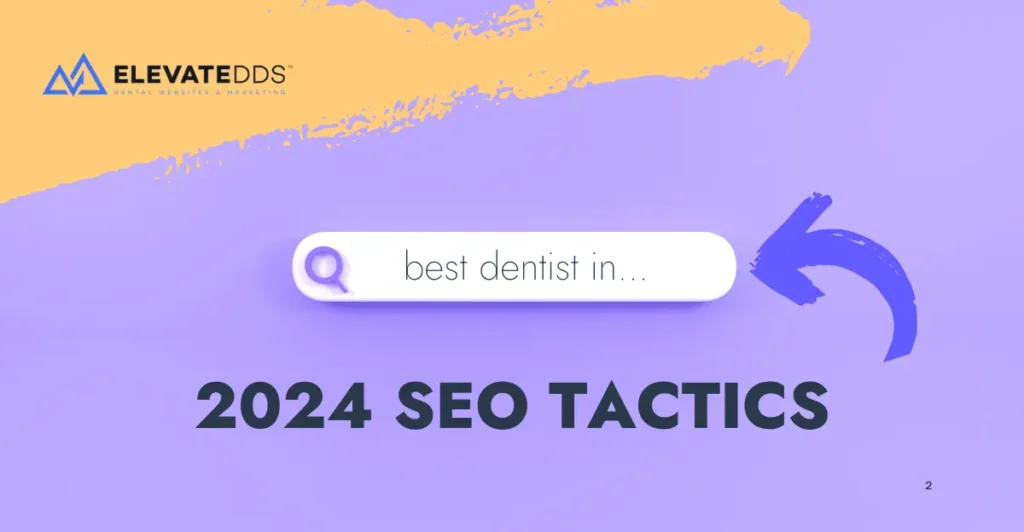Does Pay Per Click Advertising Work for Dentists?

When it comes to advertising your website online there are many ways to bring new visitors to your website. The preferred method by most dentists and dental marketing companies tends to be search engine optimization. It makes sense to rely on a relatively less expensive marketing method such as SEO, as it can produce longer-term gains while targeting a well-qualified stream of traffic. But PPC can deliver instant results in the form of web traffic, whereas SEO can take months to show improvement. Dentists tend to write off Pay Per Click advertising (or PPC) as a viable method for bringing in new patients. Small business owners often state that they have tried PPC with no success. So is PPC a viable option to consider when it comes to marketing your dental practice?

It is our belief at Elevate DDS that Pay Per Click advertising can work well to deliver quality traffic to your website when done properly. But time and again when we look into why certain PPC campaigns haven’t been delivering optimal results, it tends to come down to campaign quality, relevancy, and optimization. So here are a few helpful items to keep in mind when deciding whether or not to run a PPC campaign.
Decide Where to Run Your Ads
Campaigns can be started and run in multiple formats and on several advertising platforms. If you’re a practitioner intent on starting and running your own campaigns, then perhaps Google’s Adwords Express is the platform for you. This version of Google Adwords has a ton of help to get you up and running in no time. It’s quick and to the point, and includes some bonus localization features. The full Google Adwords platform, as well as Bing and Yahoo PPC platforms, offer more control over where you show your ads and to whom.
Keep It Relevant & Local
Relevancy and localization are going to be your keys to success. The meaning of the term relevancy involves bidding on the right keywords, matching them with the best text ad for your audience and then sending your visitor to the proper landing page that relates to the keyword and ad. When your ads and website are both optimized properly, you can actually save yourself money spent bidding on each click. Locally targeting where your text ads are shown is also key in overall campaign optimization. It is possible to mix and match where keywords and ads are shown, based on your audience and target market.
Properly Measure Your Results
It’s crazy to think that the most overlooked aspect of running pay per click campaigns is measurement. Connecting your advertising campaigns to an analytics platform such as Google Analytics is great for measuring the success of your campaigns. With an analytics platform, you can uncover all data as to how your visitors are navigating your website and where they are taking action. Every call to action on your website can be tagged with analytics tracking and tied to an individual campaign or keyword. Knowing what ads and/or keywords best convert is key to optimizing your campaigns and delivering the greatest ROI.
If you need any help with your campaigns or need an entire digital makeover, please contact Elevate DDS to see how we can help!
Need to speak with an expert?
Maximize your practice's efficiency today by scheduling an appointment with one of our experts. We're standing by to help you in your journey of elevated practice growth.
Drop Knowledge
Share these Elevated Insights with your professional network.
Elevated Insights
Dive into our other blog posts featuring creative ways to elevate your practice and dominate your service area.



